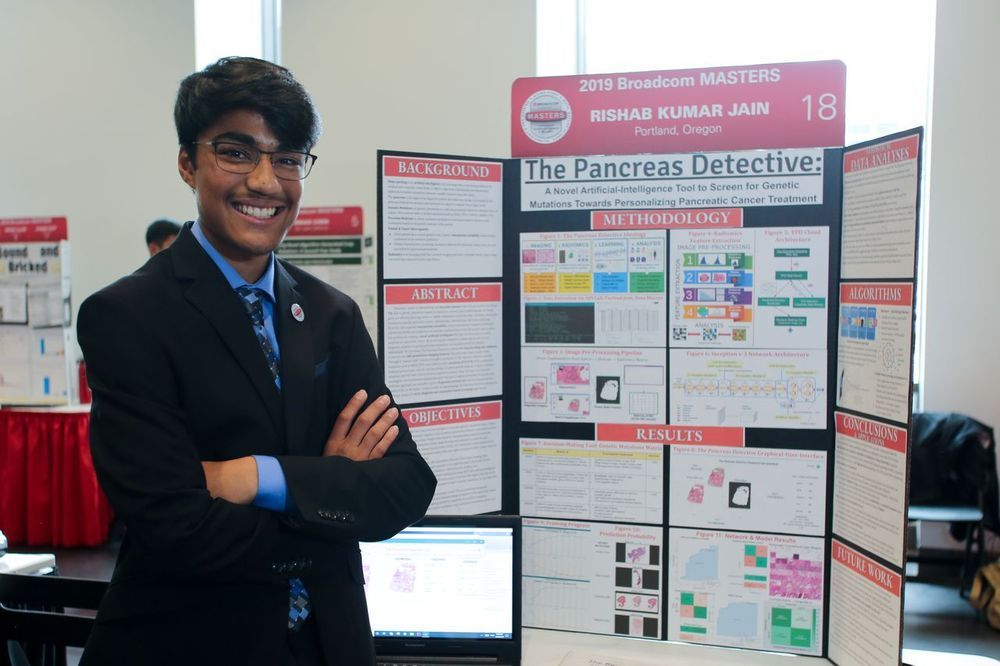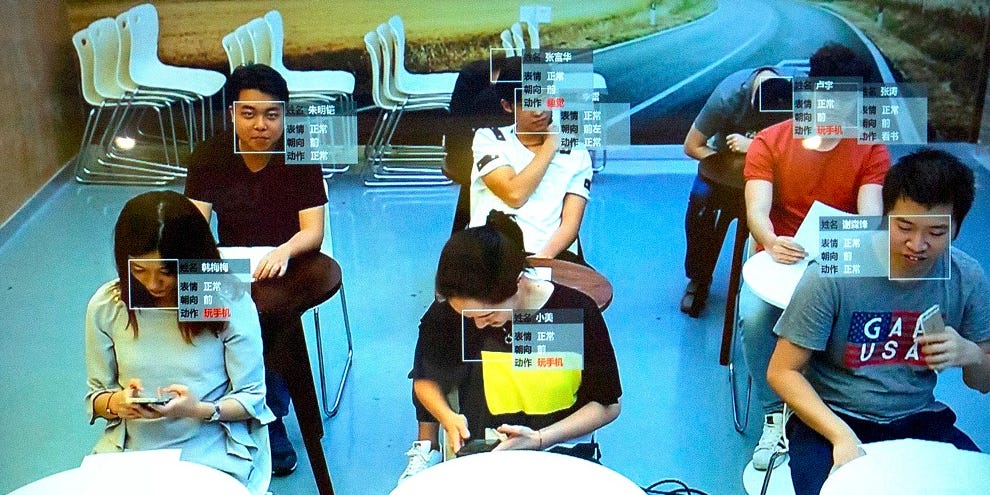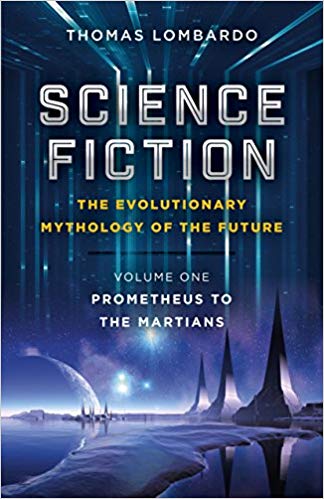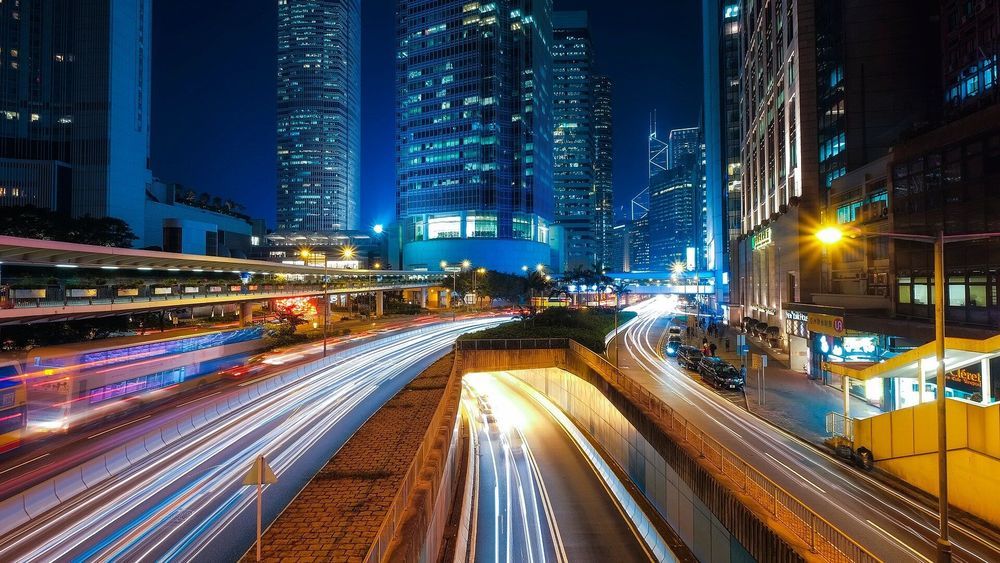SU co-founder Peter Diamandis explores the virtually unlimited possibilities of our exponential universe.
Subscribe: http://bit.ly/1Wq6gwm
Connect with Singularity University:
Website: http://su.org
Blog: https://su.org/blog/
Hub: http://singularityhub.com
Facebook: https://www.facebook.com/singularityu
Twitter: https://twitter.com/singularityu
Linkedin: https://www.linkedin.com/company/singularity-university
About Singularity University:
Singularity University is a benefit corporation headquartered at NASA’s research campus in Silicon Valley. We provide educational programs, innovative partnerships and a startup accelerator to help individuals, businesses, institutions, investors, NGOs and governments understand cutting-edge technologies, and how to utilize these technologies to positively impact billions of people.
Singularity University
https://www.youtube.com/user/SingularityU




